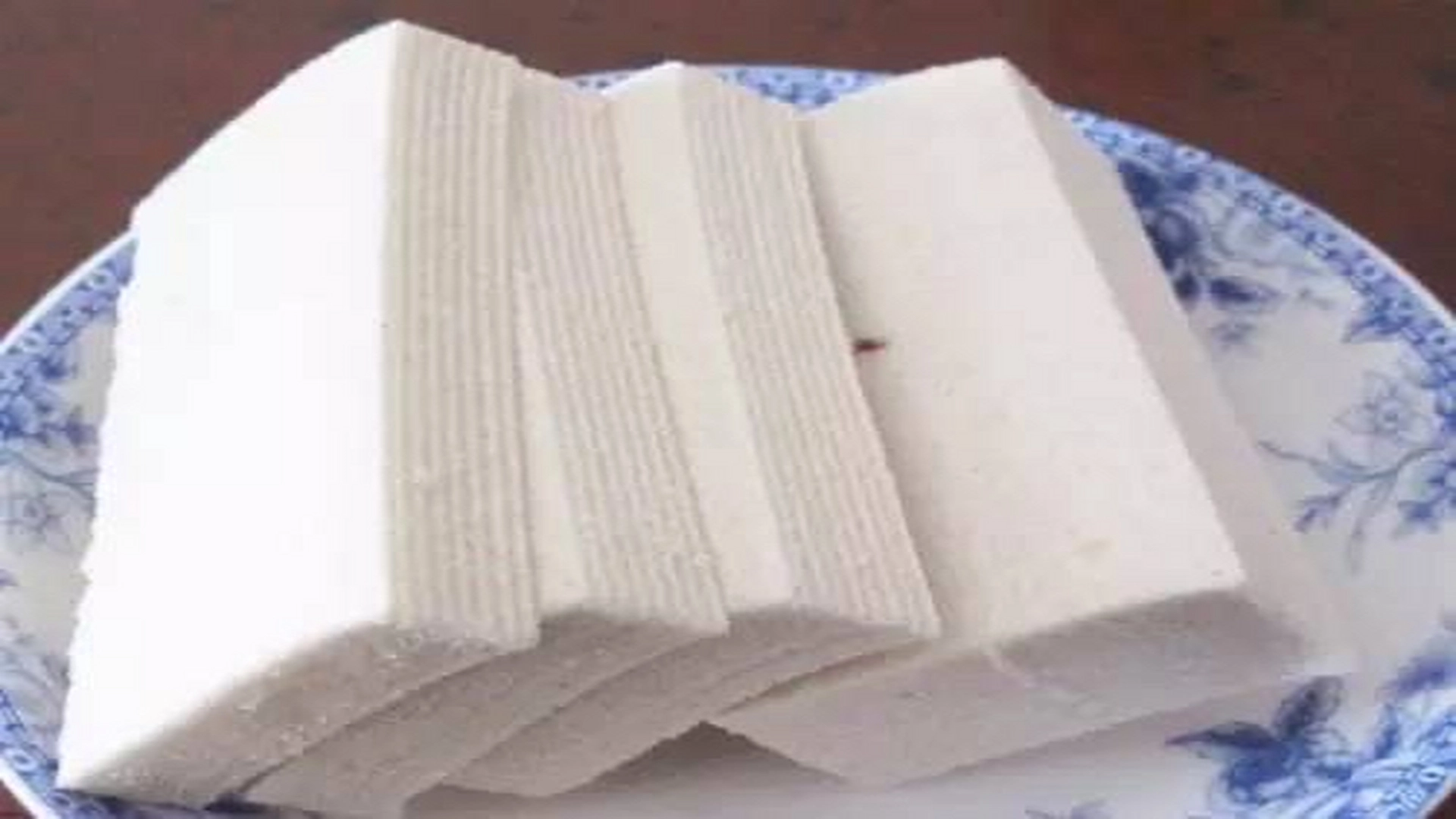The Royal Delicacy of Huai’ning: A Culinary Journey through the Flavors of Gong Gao
Introduction:
As a culinary professional with a passion for exploring the rich tapestry of Chinese gastronomy, I am thrilled to delve into the world of Huai’ning Gong Gao, a delicacy that hails from the historic city of Anqing in Anhui Province. This exquisite confectionery, known for its非遗技艺 (heritage craftsmanship), is not just a dessert but a testament to the region’s culinary heritage and a symbol of royal indulgence.
Origins and Cultural Background:
Huai’ning Gong Gao, or “Tribute Cake,” has a history that dates back to the Ming Dynasty, when it was first presented to the emperor as a tribute. Its name, “Gong Gao,” literally translates to “palace cake,” signifying its status as a courtly delicacy. Over the centuries, the recipe has been passed down through generations, preserving its traditional flavors and techniques, which have now been recognized as an Intangible Cultural Heritage.
Ingredients and Preparation:
The essence of Huai’ning Gong Gao lies in its carefully selected ingredients and meticulous preparation. The primary components include:
1. Glutinous Rice Flour: This is the base of the cake, providing a soft and chewy texture.
2. Sesame Seeds: Known for their rich aroma and nutritional value, they impart a distinctive flavor to the cake.
3. Peanuts: Adding a crunchy element and a nutty taste that complements the sesame seeds.
4. Sugar: Used to balance the flavors and provide sweetness.
5. Other Seasonings: Depending on the specific recipe, additional spices or flavorings may be used to enhance the cake’s profile.
The process of making Gong Gao is an art form in itself. The ingredients are mixed and ground to a fine paste, then steamed to perfection, ensuring that each bite is a symphony of textures and flavors.
Taste and Texture:
Huai’ning Gong Gao is a delightful marriage of sweet and savory, with the芝麻花生香 (aroma of sesame and peanuts) taking center stage. The cake has a soft, slightly sticky mouthfeel that is balanced by the crunch of the peanuts and the nuttiness of the sesame seeds. The sweetness is subtle, allowing the natural flavors of the ingredients to shine through.
Appearance:
Visually, Huai’ning Gong Gao is a treat for the eyes as well. The cakes are often molded into traditional shapes, such as squares or rectangles, with a smooth, even surface. They are typically a warm, golden brown, indicating the perfect balance of caramelization and steaming. The final product is a beautiful blend of simplicity and elegance, reflecting the cake’s royal origins.
Representative Dishes and Cuisines:
While Huai’ning Gong Gao is a standalone delicacy, it can also be incorporated into various desserts and snacks. It can be served as a tea-time treat, enjoyed with a cup of fragrant Chinese tea, or used as an ingredient in more complex dishes, such as in a dessert soup or as a filling for pastries.
Culinary Features:
The distinctive features of Huai’ning Gong Gao are its非遗技艺 (heritage craftsmanship), which ensures that each piece is made with the same care and precision as those presented to the emperors of old. The cake’s芝麻花生香 (aroma of sesame and peanuts) is a hallmark of its identity, making it instantly recognizable to connoisseurs. Its status as a宫廷贡品 (palace tribute) adds an air of luxury and tradition to any meal.
Conclusion:
Huai’ning Gong Gao is more than just a dessert; it is a culinary journey through time, connecting us with the rich history and culture of Anhui Province. As a food professional, I am honored to share this非遗技艺 (heritage craftsmanship) with the world, inviting everyone to savor the flavors of a bygone era and appreciate the art of traditional Chinese confectionery.
